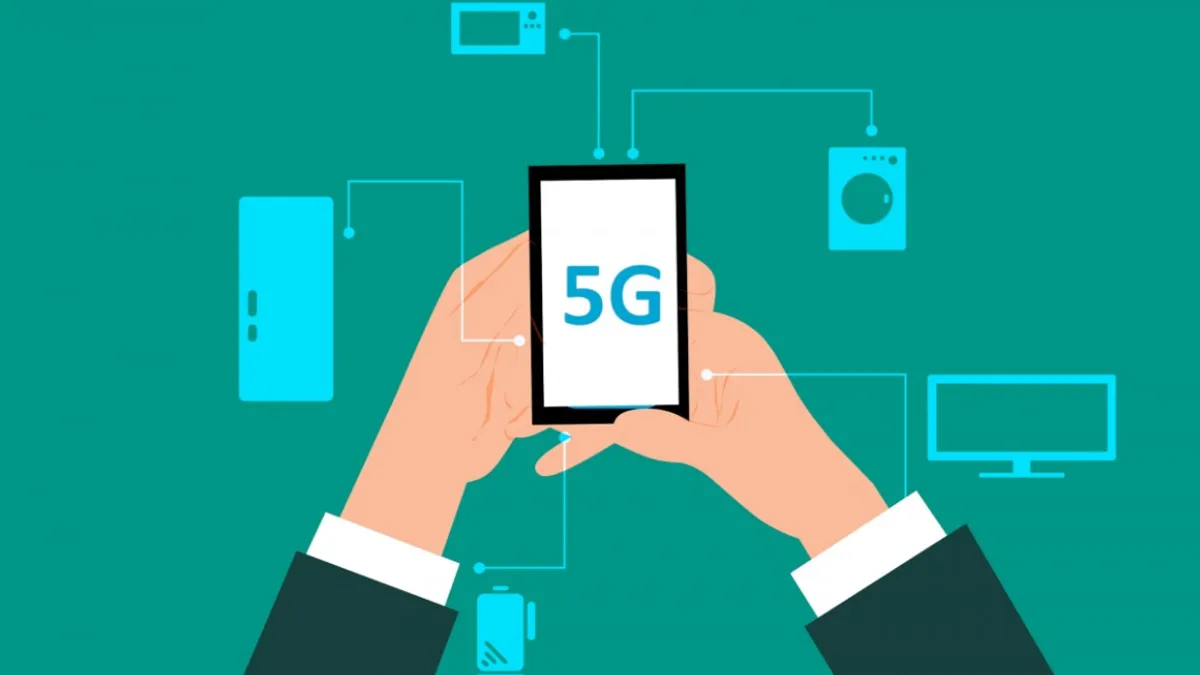Dive Brief:
- In a bid to increase mobile phone coverage in preparation for the launch of 5G networks, London Mayor Sadiq Khan has announced a new standard agreement to help commercial landlords and public property owners install mobile kits.
- The standard agreement was developed with the British Standards Institution and a steering committee with representatives of land owners and the telecom industry. The guidance is meant to reduce barriers to giving mobile providers access to rooftops, and clear up confusion about regulations for installing new equipment.
- The agreement is part of Khan's Connected London program, which aims to expand mobile and fiber connectivity, and aligns with the United Kingdom government's goal of 100% full fiber to the premises delivery nationwide by 2025.
Dive Insight:
Londoners currently use 38 million gigabytes of mobile data, a fifth of all data used in the UK, according to communications regulator Ofcom. That's expected to rise upwards of 25% each year as more internet of things (IoT) and other mobile devices are installed throughout the city. Although London is one of the most wired cities in the country — 10% of the city has full fiber coverage, compared to 8% nationwide — there are still so-called mobile "not spots" that leave residents disconnected from sufficient data networks.
An early 5G network has already launched in parts of London and other major cities in the UK, but a wider rollout will require more infrastructure. Because 5G relies on short, high-frequency signals, telecoms can't rely on existing cell towers and instead have to install small cells with short-range antennas to spread the signal through dense urban areas.
A new report from business group London First found that there are still barriers to that kind of infrastructure rollout, including planning challenges from the city's borough system and difficulty with contractual agreements with landlords. The report recommends that the government find ways to standardize property access and connection installation, and incentivize investment in new fiber. The report also said that boroughs could take more leadership in installing digital infrastructure.
The new standards seek to get around some of those barriers by offering templates of agreements and a strategic plan to support the use of rooftops and public installations for mobile infrastructure.
There is no timetable for infrastructure to be installed; a city of London spokesperson told Smart Cities Dive that would be determined by the Electronic Communications Code or as part of an agreement between a telecom and the site provider. Those agreements would also give special consideration to aesthetic concerns or preservation of historic buildings.
Still, 5G infrastructure faces significant hurdles. Some American cities have halted the rollout of small cells over health concerns, and others have seen pushback over aesthetic concerns, prompting more review of how and where mobile infrastructure should be installed.











